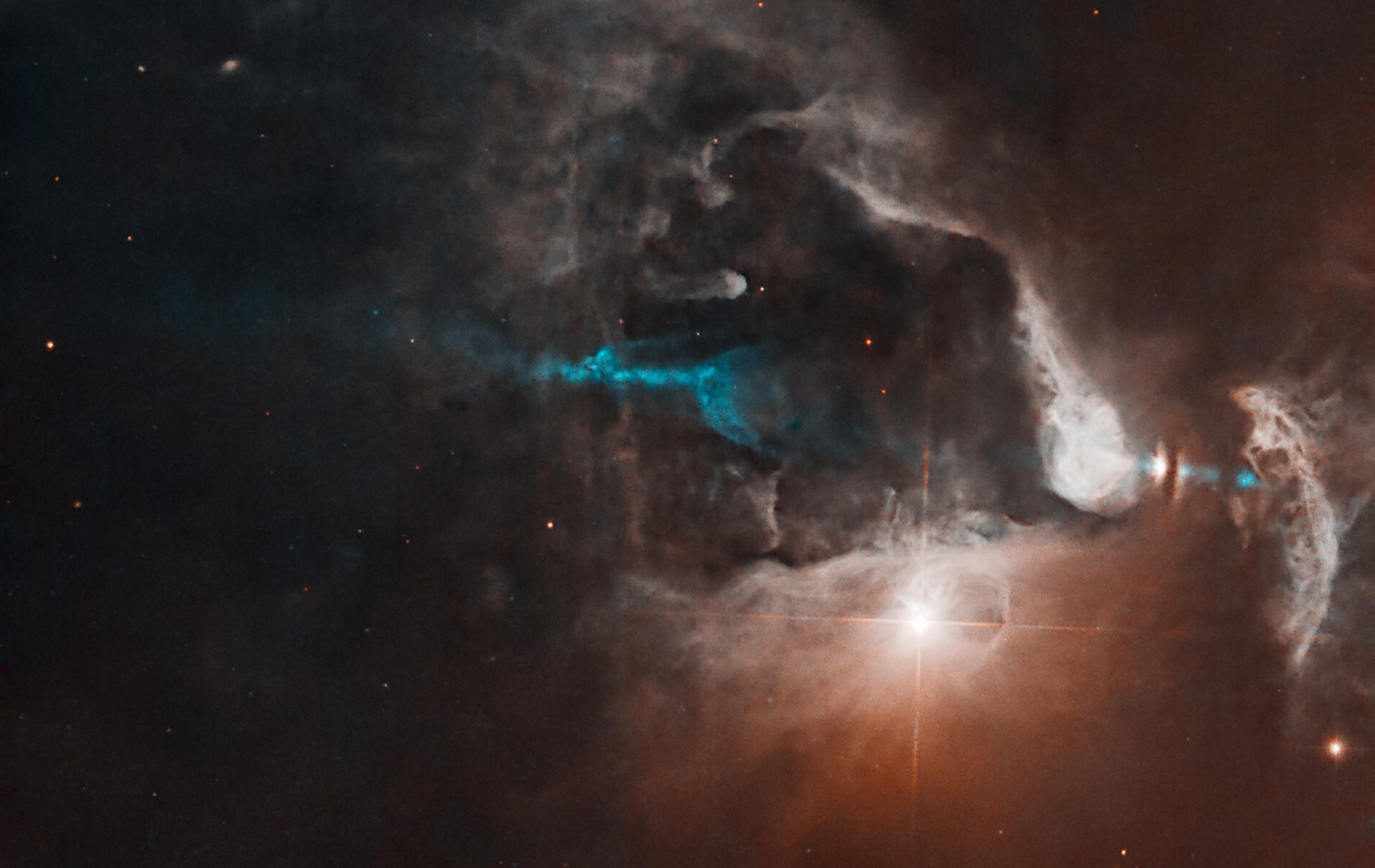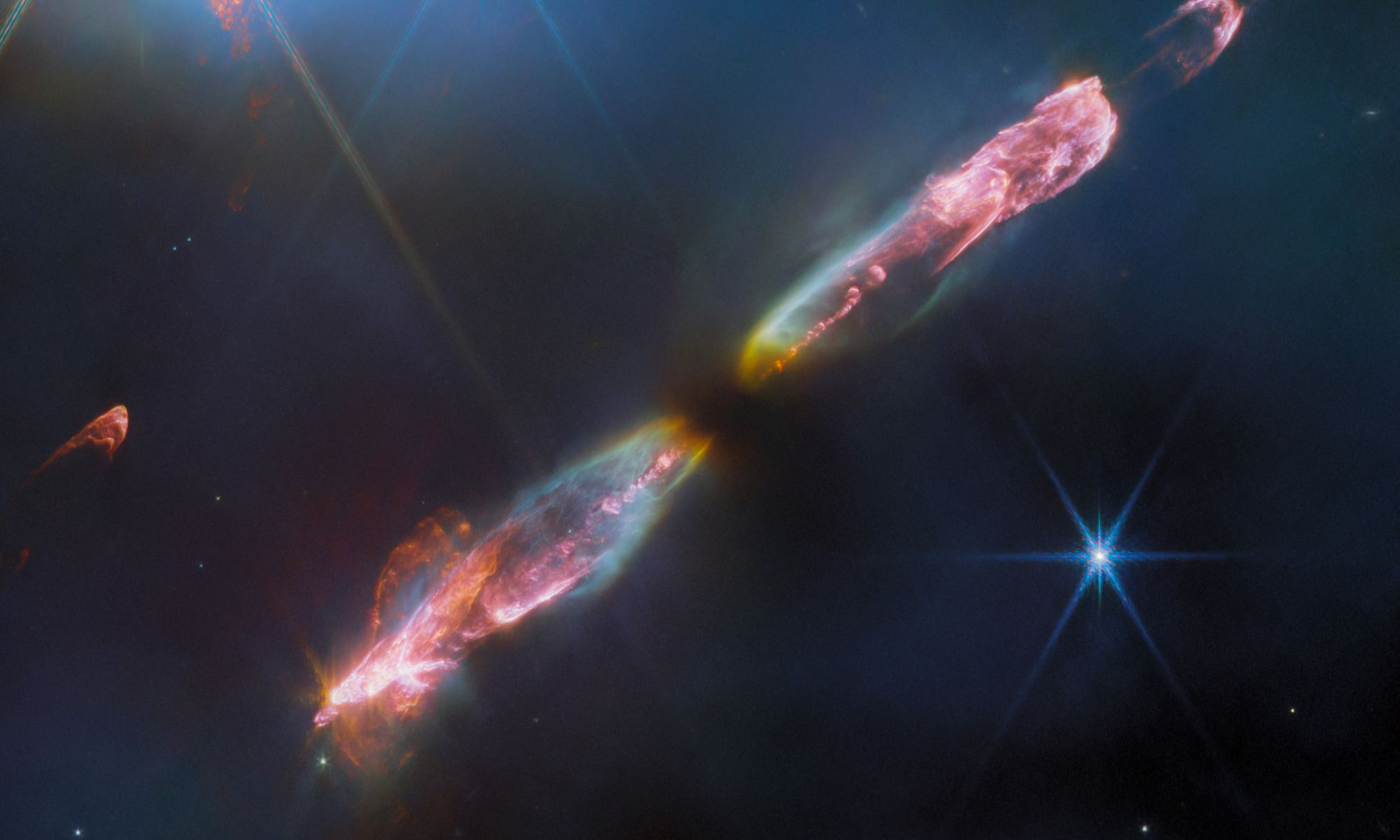We know how stars form. Clouds of interstellar gas and dust gravitationally collapse to form a burst of star formation we call a stellar nursery. Eventually, the cores of these protostars become dense enough to ignite their nuclear furnace and shine as true stars. But catching stars in that birth-moment act is difficult. Young stars are often hidden deep within their dense progenitor cloud, so we don’t see their light until they’ve already started shining. But new observations from the Hubble Space Telescope have given us our earliest glimpse of a shiny new star.
Continue reading “Hubble Sees a Star About to Ignite”Hubble Sees a Star About to Ignite



